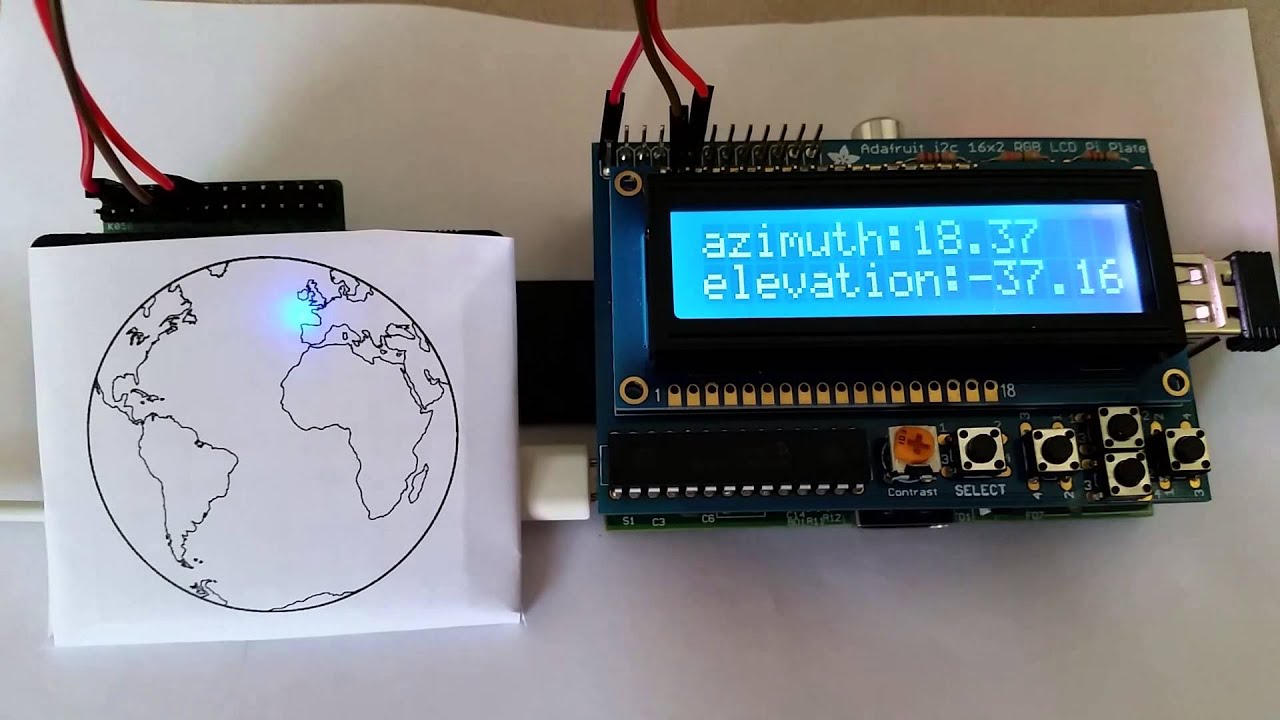
Tracking the International Space Station with Raspberry Pi
As a Python enthusiast and space enthusiast, I was thrilled to stumble upon a project that combines both of my passions. The folks at WhiskeyTangoHotel have created an impressive International Space Station (ISS) tracker using a Raspberry Pi, and I couldn’t wait to dive in and learn more.
The project uses Orbital Files and Kepler Elements to define the current and predicted locations of the ISS. I was fascinated by the idea of using Python to track the ISS in real-time, and I decided to explore the project further.
 The Raspberry Pi ISS Tracker in action
The Raspberry Pi ISS Tracker in action
What I found particularly interesting was the comparison between the Python program written by the WhiskeyTangoHotel team and the solution generated by ChatGPT. While ChatGPT was able to eventually arrive at a solution, it was error-prone and required significant guidance. On the other hand, the Python program written by the team was efficient and accurate.
However, I was impressed by ChatGPT’s ability to translate compass degrees to cardinal directions, which was a valuable addition to the project. This experience taught me that while AI can be incredibly powerful, it’s essential to understand its limitations and work together to achieve the best results.
The ISS tracker updates the location of the ISS every ten seconds, and if the ISS is above the horizon, an LED flashes to let you know. The entire project is contained in a 3D printed box, making it a compact and impressive feat of engineering.
The 3D printed box containing the ISS tracker
This project is an excellent example of the innovative applications of Python and Raspberry Pi. It’s a testament to the power of collaboration and the importance of understanding the strengths and weaknesses of AI.
As I explored this project, I couldn’t help but think about the endless possibilities of using Python and Raspberry Pi to explore the wonders of space. Whether you’re a seasoned developer or a beginner, this project is an inspiration to get creative and push the boundaries of what’s possible.
 The perfect combination for space enthusiasts
The perfect combination for space enthusiasts















